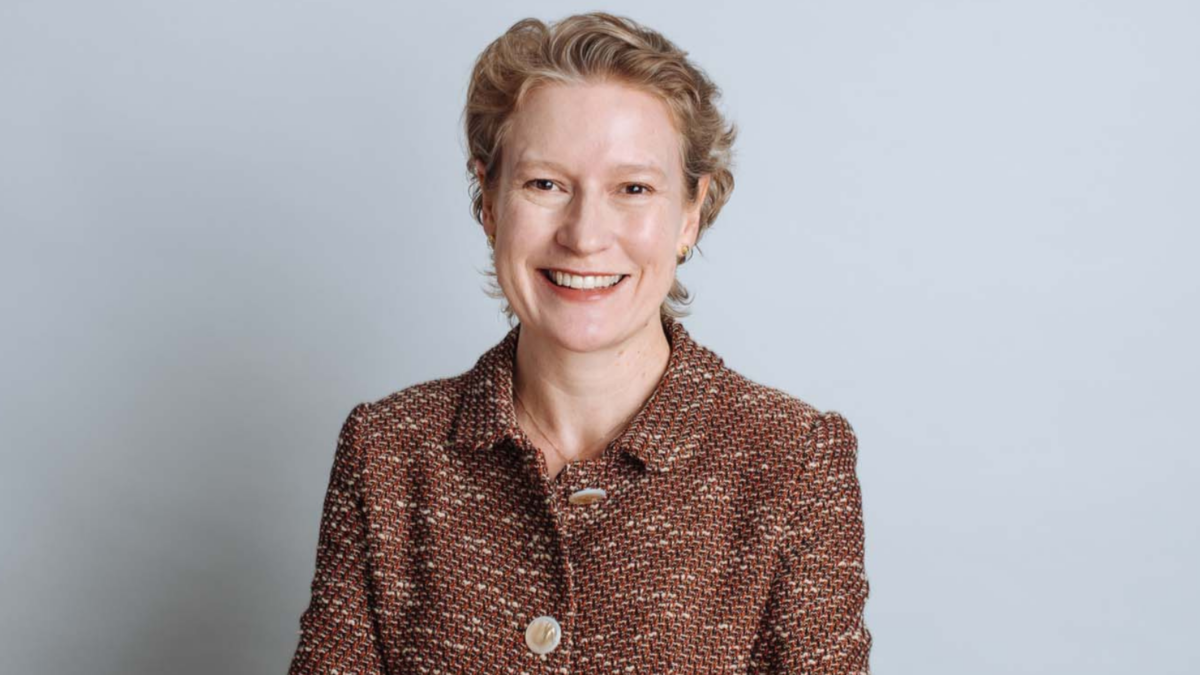Australia’s recent unemployment figures are hiding something a lot worse
Late last week the ABS released its Labour force data:
- Unemployment rate rose from 7.1 per cent in May to 7.4 per cent in June
- Unemployment increased 69,300 to 992,300 people
- An increase of 210,800 employed to 12,328,500 people
- Full-time employment decreased 38,100 to 8,489,100 people
- Part-time employment increased 249,000 to 3,839,400 people
- Underemployment rate decreased 1.4 pts to 11.7 per cent
- Under-utilisation rate decreased 1.0 pts to 19.1 per cent
- Participation rate increased by 1.3 pts to 64.0 per cent
The figures show quite a confusing picture. According to the data, an unemployment rate of 7.4 per cent is the worst rate Australia has seen since November 1998 despite the addition of 210,000 jobs, which is a huge increase.
What caused this was the easing of COVID-19 restrictions in June. It caused a massive jump in part-time employed people of 249,000 and for the participation rate to rise as well. These figures however have not taken into account the Victorian second wave lockdown and the underemployed. July’s figures are tipped to be worse.
But how much worse?
What the ABS data fails to incorporate are the temporary JobSeeker and JobKeeper programs which supplement income for those that are unemployed and looking for work and those businesses that are effected by Covid-19 and require a subsidy to pay for employee wages.
Treasurer Josh Frydenberg even said the “real” jobless rate would be around the 13.3 per cent mark. This is alarming. About 230,000 people were marked as “employed”. In reality, this group has been supported by a $1,500 a fortnightly payment and have still been considered employed even if they haven’t worked an hour. If we include these people in the unemployed figure it could be even as high as 14% made up disproportionately by young people. What is worrying, is that this cohort are spending and living life carefree. The Government today announced that the JobKeeper will be paid at a reduced rate with tougher eligibility criteria after September. That means, unless you are in real financial hardship, you will need to return to work come September.
JobKeeper will have a new two-tiered payment system to reflect the income of employees who previously worked fewer hours. Crunching the numbers, predictions are that about 700,000 Australians will be in poverty if income payments returned to pre-COVID-19 levels of $40 a day. And that’s being conservative. Factoring in a labour underutilisation rate of 20 per cent and this figure blows out to 2 million people.
What this is all pointing to, is a possible mass explosion of hundreds of thousands of unemployed and underemployed hitting the Centrelink dole ques at once. Australians who could find themselves with little or no regular income. Having done nothing for the last three months except renovate and live life carefree, going back into the workforce will be a lot harder than expected. Hardworking Australians that have never been unemployed before, such as longstanding the Qantas employees, might never find work again due to a scarcity of jobs in their line of work.
The result could be inevitable, but what next?
A new solution is required to fix this new reality either through the creation of new secure jobs or through the social security system. It is a vital ingredient to our economy. Because the truth is, those on income support who were employed prior to the outbreak, need to return to the workforce. Not only to keep the economy ticking but to give meaning and purpose to their life. Financial stress or losing a sense of purpose increases the risk of health issues, such as depression and anxiety or “unemployment depression” as it is termed.
If the coronavirus pandemic has led you to losing your job and you are worried about your future, know that you are not alone in what you are feeling. Don’t be afraid to reach out to friends or family on your social networks and let them know what you are experiencing. Chances are they might be in the same boat.
We as a community need to support each other and those that may be in this position by reaching out and showing genuine care. Check up on your mates. See how they are. It could be as simple as a video chat via Facebook. Government needs to put a plan in place for post September for the underemployed. Whilst returning to the workforce is easy for some, it can be a frightful or impossible for others. We need to do something different because if we don’t, we may be staring down the barrel of another great depression.











